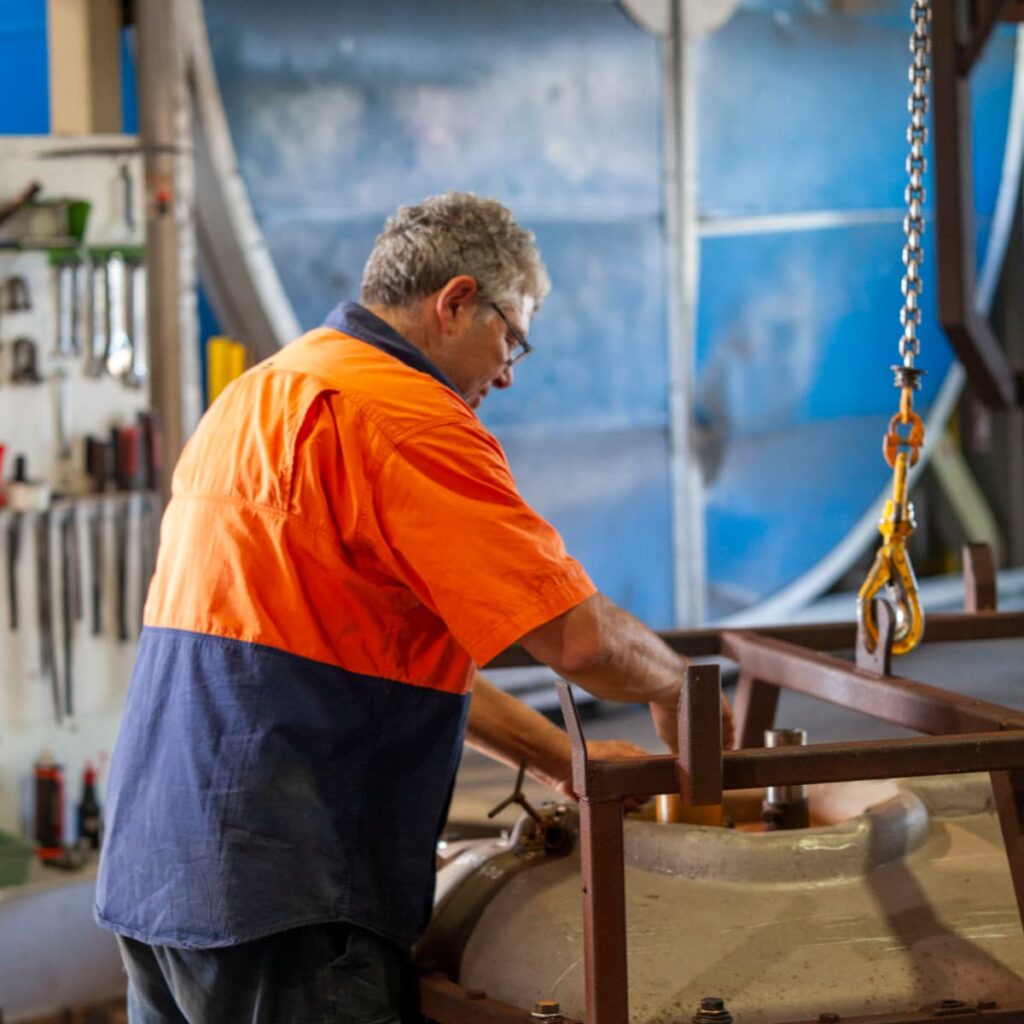How Much Farmers Spend On Pest Control Every Year
Home / How Much Farmers Spend On Pest Control Every Year
- globaltanks
- June 8, 2021
- 3 minutes
Pests can cause severe damage for farmers. They can damage our natural environment and destroy our food production and agriculture industries. They place significant stress on farmers, particularly from a financial perspective.
In recent times, feral pigs and the fall armyworm have cost farmers thousands upon thousands of dollars, as well as ruining crop yields. The devastating mouse plague in NSW is taking a toll on the mental and physical wellbeing of those in regional communities. Farmers are having to burn thousands of dollars’ worth of hay and grain that has been rendered toxic due to mouse infestations. The NSW government has announced they will fund $50 million towards combating the mouse plague. However, farmers and those in regional NSW claim more compensation is required.
With all this in mind, how much have Australia’s farmers been spending on pest control? Read on to find out.
How much do farmers spend on pest control?
Between 2016 and 2019, thousands of farmers were surveyed by the Australian Bureau of Agricultural and Resource Economics and Sciences (ABARES). This survey found that the typical farm now spends over $10,000 annually on pest and weed control. Interestingly, this is a decrease of almost 50 percent. The ABARES survey found that the average spend on pest and weed management nearly halved from $20,405 in 2016 to $11,576 in 2019.
Why are farmers spending less on pest control?
The executive director for the ABARES, Jared Greenville, outlined that the large drop in spending was mostly accounted for by the change in average weed expenditure. This dropped from $18,633 in 2016 to $10,551 in 2019.
Greenville also mentioned that 2016 had significantly higher rainfall, while 2019 was subject to drought. This influences the impact pests and weeds have on farms.
How have crops been affected?
If spending on pest control has decreased, does that mean the impact of pests has changed? Unfortunately, the report found that the impact of pest animals, invertebrates in particular, actually increased between surveys. This is somewhat surprising, considering the vastly different weather patterns between 2016 and 2019.
The most significant change between surveys was a 41 percent increase between 2016 and 2019, “in farmers reporting crop loss, degradation or loss of value from pests, particularly insects,” according to Greenville.
Populations of feral vertebrate pests also increased. These include deer, pigs, horses and donkeys.
How do pests affect farms across Australia?
Not surprisingly, pest trends are localised to the region of that specific farm. For example, between 2016 and 2020, deer populations grew from 18 percent to 22 percent. This shows that farmers are spending significantly on pest control.
What are the most common methods of pest control on farms?
Pest control costs and methods depend on the location of the farm. According to the ABARES report, ground shooting was the most commonly used method of pest animal control. A significant 76 percent of land managers reported using it in 2019. However, only a small proportion of farmers report that ground shooting was a highly effective method of pest control.
Pesticides and insecticides are reported to be used by more than 50 percent of land managers. Plus, this method was reported as the most effective type of pest control across Australia.
Fortunately, pest control problems on farms with rabbits and hares had dropped by 6.9 percent. This was the largest pest decrease across the three year period. It is suspected this could be attributed somewhat to the RHDV1 K5 virus release.
Pest control works best in cooperation with others
According to the survey, 85 percent of people who actively participated in service provided pest controls later utilised the skills and knowledge they gained on their properties. According to Invasive Species Council chief executive Andrew Cox, pest control efforts are most effective when done in cooperation with neighbours, “what happens outside your fence is just as important as what happens inside your fence”.
Despite the decrease in pest control spending on farms, the damaging effects pests have on farms today can’t be ignored. At Global Rotomoulding, we have been supporting farmers for decades with our wide range of agriculture equipment; from troughs and feeders, aquaculture tanks, fertiliser tanks, mixing tanks and more. Be sure to get in contact with our friendly team if you have any questions about our range.

